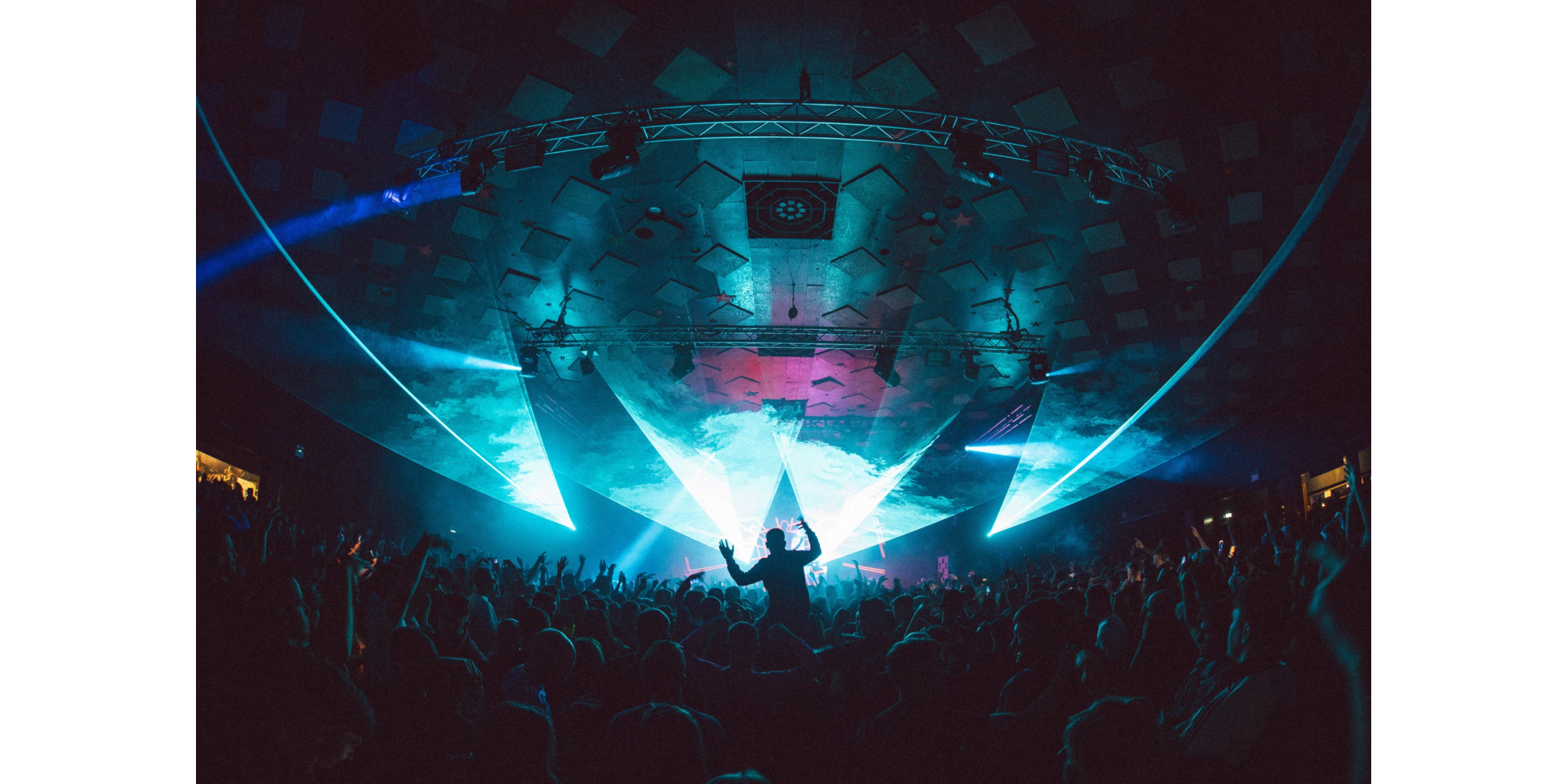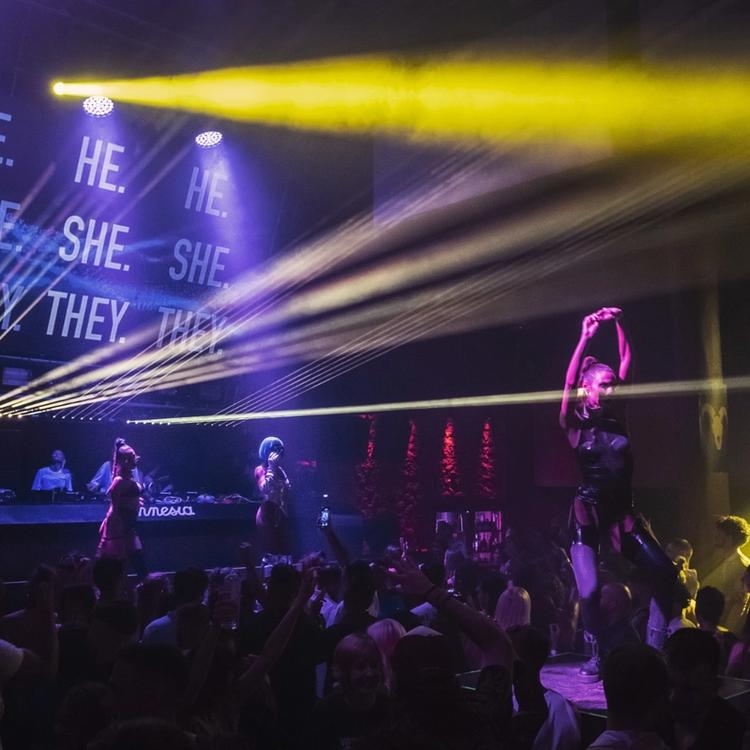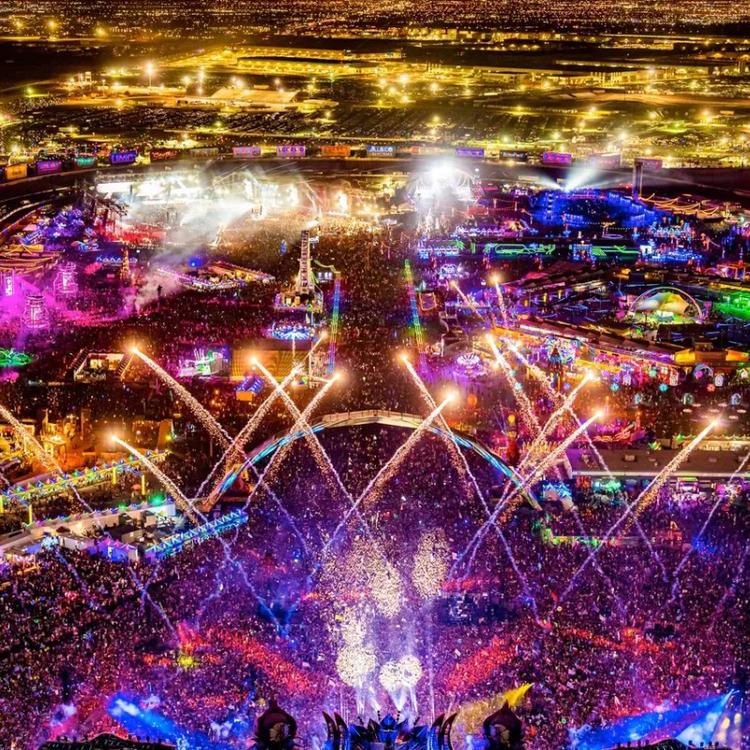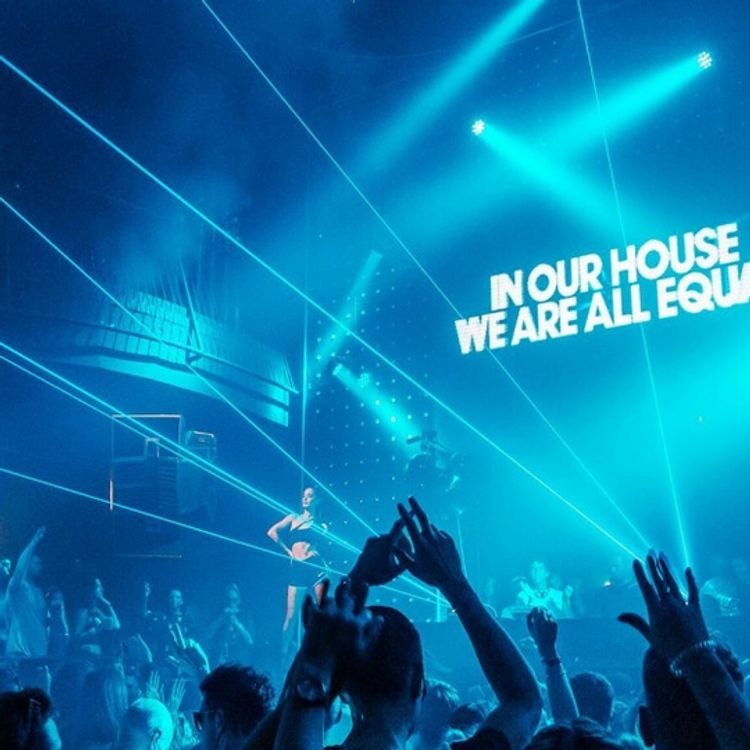A Glasgow Venue is Creating Renewable Energy From Dancing
One of the best parts about live music is crowded spaces sharing community, freedom, and most of all, love for the dancefloor. In 2021 when restrictions began to loosen globally, dance floors again became packed and shined as a bright beacon of recovery.
SWG3, an arts center in Glasgow, hosts the city’s immense dance parties — post-pandemic tickets for club nights sold and had energy stronger than ever. Which got the team behind the art center thinking. What if the well-being dance floor supported the sustainability of the planet?
In partnership with TownRock Energy, SWG3 will begin installing an innovative and first-of-its-kind renewable heating and cooling system which recycles the body heat of attendees. The plan estimates a reduction of SWG3's total carbon output by up to 70% and is showing a high demand to be replicated.
In 2019, managing partner of SWG3 Andrew Fleming-Brown expressed interest in exploring low-carbon energy systems for SWG3. As a result, the idea was born to capture the energy from the attendees and trap it into the ground for future use storage.

Photo Credit: Michael Hunter
The Science Behind It:
The human body produces about 100 watts of energy while resting. Vigorous dancing can quickly multiply that output by five or six. Dancing generates the same kinetic energy power as running, which is a decent amount of human control.
To store the energy, TownRock developed an application for a heat pump custom to SWG3. It utilizes similar energy transfer to the standard household refrigerator; however, instead of cold to warm transfer, the process implemented in SWG3 will be warm to cold. The system is called Bodyheat, which will transfer the heat of dancing clubbers into 12 boreholes. This will turn a large cube of underground rock into a thermal battery storing the energy heat for venue temperature and water.
The system development began in 2019. Then in 2020 fueled by pandemic shutdowns, the SWG3 team focused on a full-scale sustainability plan for the venue, setting the goal of achieving "net-zero" carbon emissions by 2025.
When work resumed in the fall of 2020, Bodyheat is the central component of the plan. The first installation phase should be complete by early spring and provide heating and cooling to SWG3's two main event spaces. The final stage will offer hot water to the bathrooms and central heating, ridding the venue of its central boilers.
Become a Gray Area member for access to exclusive perks!
The Future:
The system is not cheap as Bodyheat costs approximately ten times the amount of a conventional heating and cooling system. However, this will be recovered in full as it balances out the cost of energy bills within five years.
With these statistics, this system has become extremely attractive to event spaces and businesses. Multiple spaces in different industries are exploring the technology behind Bodyheat. Interest is already building in Berlin and Scotland.

This is not the first use of dancing to generate sustainable energy. A Dutch company called Energy Floors developed a line of tiles almost a decade ago that converts dancers' steps into electricity installed at Club Watt in Rotterdam in 2008. Although in comparison, Kinetic dance floors make only small quantities of electricity. While Bodyheat will have a meaningful impact on carbon output.
"We did not initially think that dance would be such a big part of this project," Fleming-Brown said. "But you need a visual language to communicate an idea, and it quickly became apparent that the emotional connection people have with live music and dance was a winning streak."
For nightclubs and events, environmental consciousness has been a theme in the community. The next logical step is this fantastic innovation that will enable us, party people, to do tremendous good for sustainability and the environment.
















